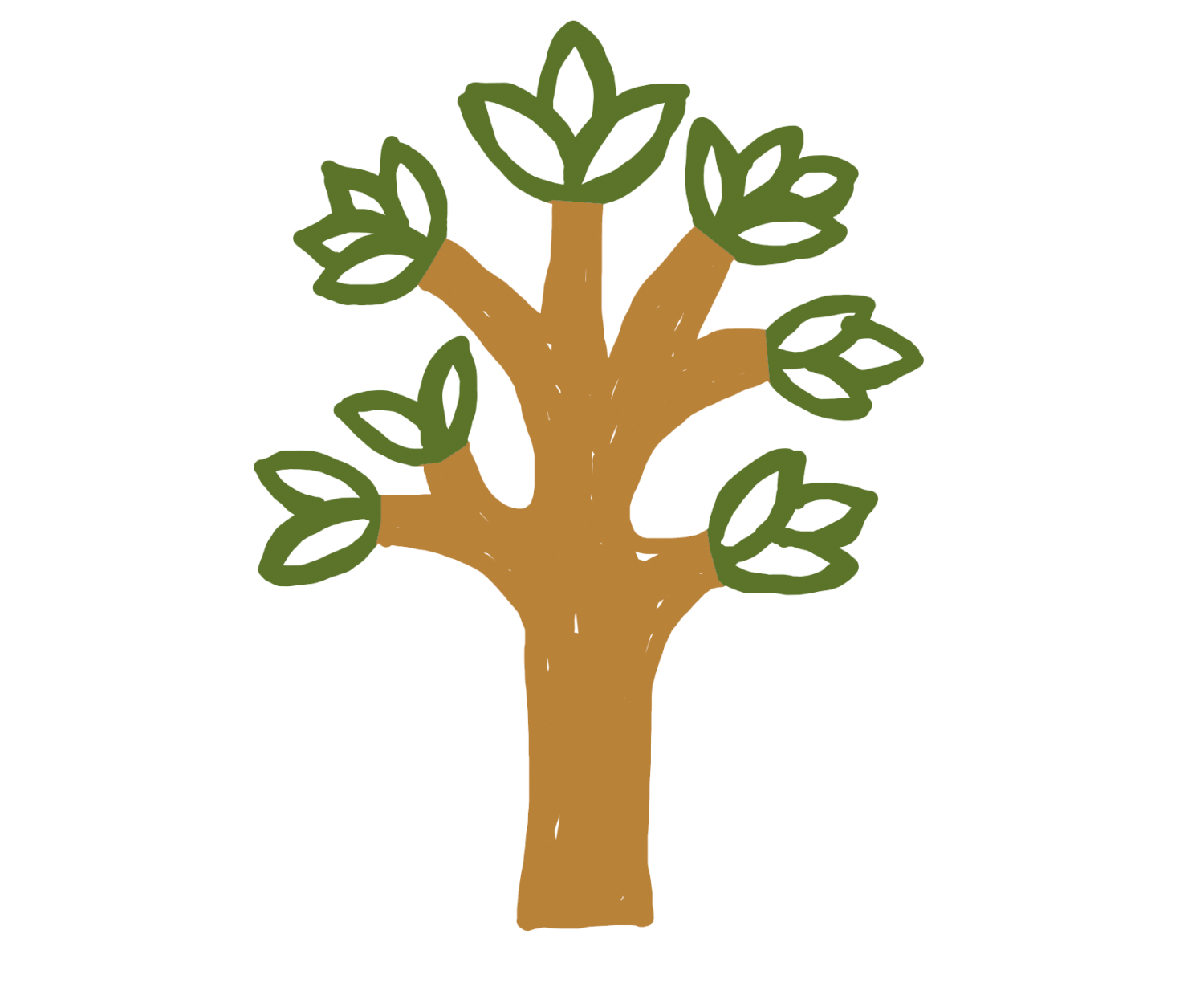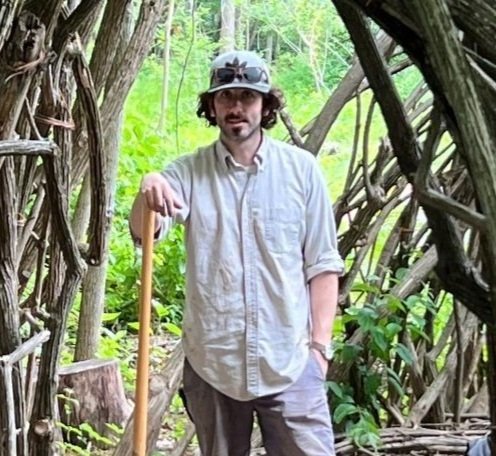

( W H Y )
What if your hikes through parks were more like a guided tour through the woods?
You would have no chance of getting lost along the trail, because it would be lined with sticks and debris and elegantly carved out of nature. You’d have a better chance of seeing nature, in all its majesty, because the debris attracts bugs, which attracts small animals, which attracts animals of prey. This means you have a greater chance of seeing some wildlife on your journey through the woods. Also, on your tour, you might see points of interest - like natural gardens &/or bōmas, built right along the trail.
What’s a boma?
“Bōma”
A bōma is a structure built with surrounding natural materials provided in a given ecosystem (like trees, sticks, limbs, leaves, dirt, rocks, vines, etc.). The term comes from Africa, where bōmas are still a part of daily life for many cultures. (More info on bōmas)

( H O W )
Breaking sticks and stacking wood along the trail will give the trail an inviting aesthetic.
Adding leaves and natural compost along the outer banks of the trail will provide great habitats for insects and a prey-ground for small animals. Debris is a gift of nature, offering a second or third use for many plants, insects and animals in our natural ecosystem. Nutrient rich debris can be arranged to create a beautiful sense of place while it fulfills its next function.
In addition to the nature show, there can be points of interest along the trail; these include natural gardens and bōmas. For this particular area, in the midwest, invasive tress are collected as valuable building materials. The harvesting of invasive species will better allow for the indigenous species to come back and even thrive.
Storm & Erosion
The natural materials can also be used for stormwater avoidance and to slow erosion along the path. Well-placed dirt, sticks and rocks can do wonders for creating a steadfast woodland trail.
Boundaries
The idea is to utilize brush that’s usually tossed to the side. Specifically, honeysuckle (a rampant invasive in Indiana) can be systematically broken down into usable materials for building the trail boundaries.
Science
Carbon dioxide from the decaying debris is released into the air, which trees breath in, in order to grow strong and in return create oxygen for the atmosphere. Also, the biomass in the debris decompresses, which feeds the soil and many small creatures.
Prey Ground
It’s also likely to attract bigger animals of prey, like owls or the American mink.
( W H A T )
The goal of this project is to invite park guests to spend more time engaging with the natural world and celebrate brush and debris while it works to replenish the forest with nutrients and beauty.
Whether it’s cutting fallen trees, clearing invasive plants, picking up sticks, or clearing some land - it’s part of the project. With repurposed materials, a majestic trail will be created for visitors to enjoy.
Building Materials
-
Honeysuckle, Euonymus
-
Dirt, Rocks
-
Fallen trees, limbs, sticks, twigs & leaves
In essence, we’ll uproot the invasive species and line the trails in a natural, but aesthetic fashion. After a trail is built, active management of the trail is not difficult and actually quite fun to maintain. I would not be surprised to see travelers happily add to the trails majesty, one stick at a time.
Mike Guggenheim, Project Coordinator
“Great for wildlife and habitats as well as sparking curiosity.“
Kind words,
Anonymous outdoor enthusiast









